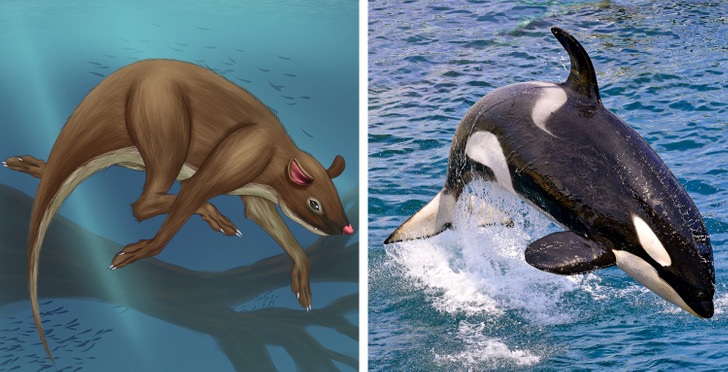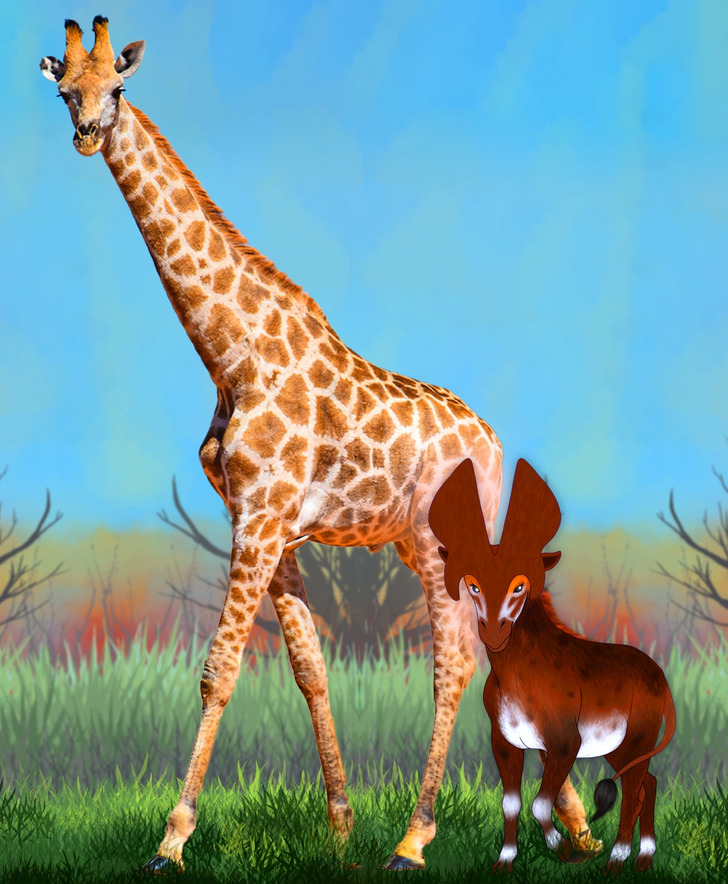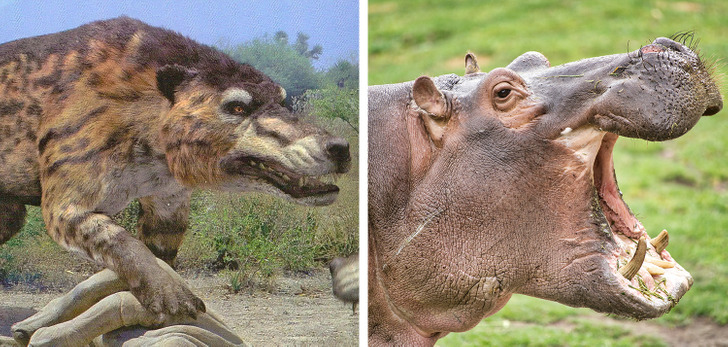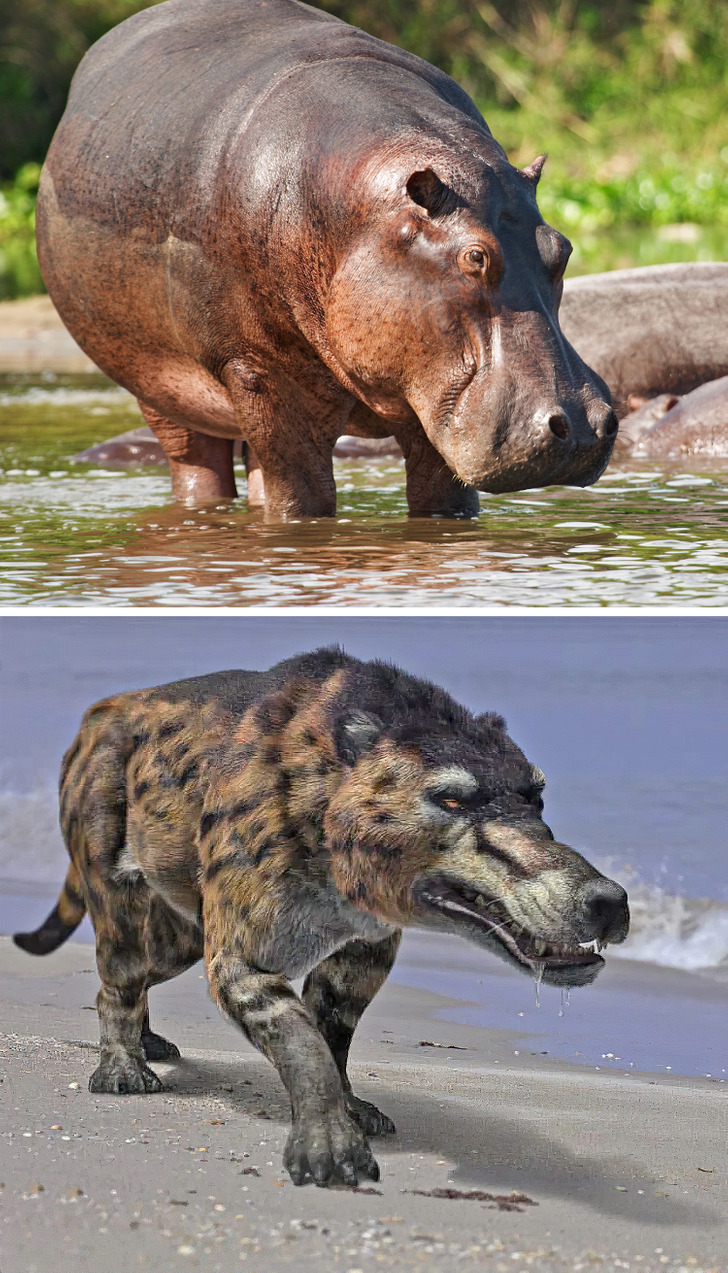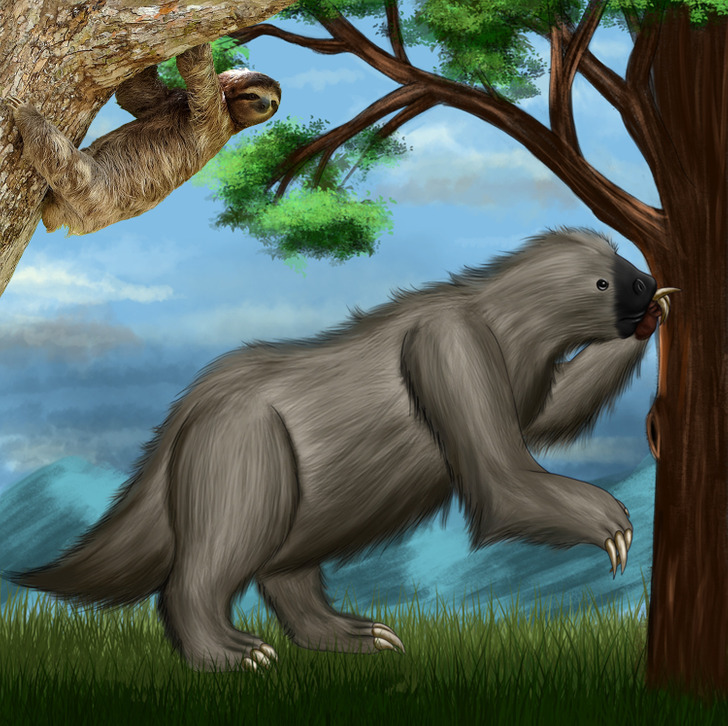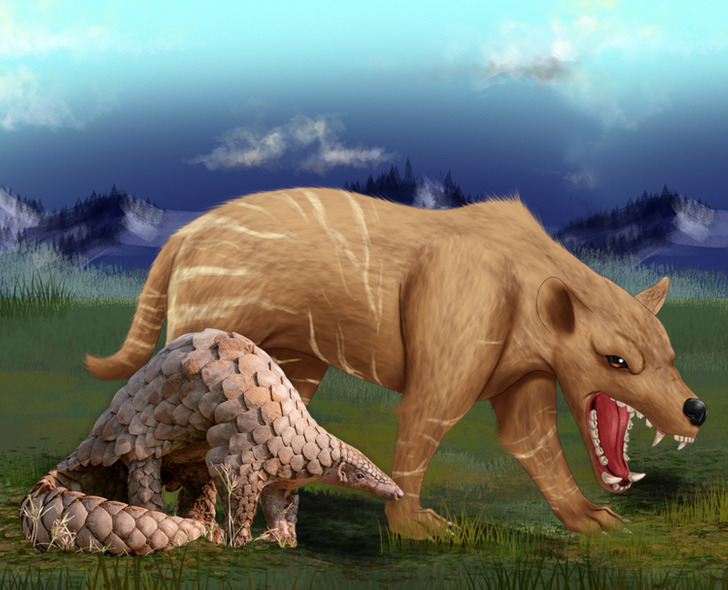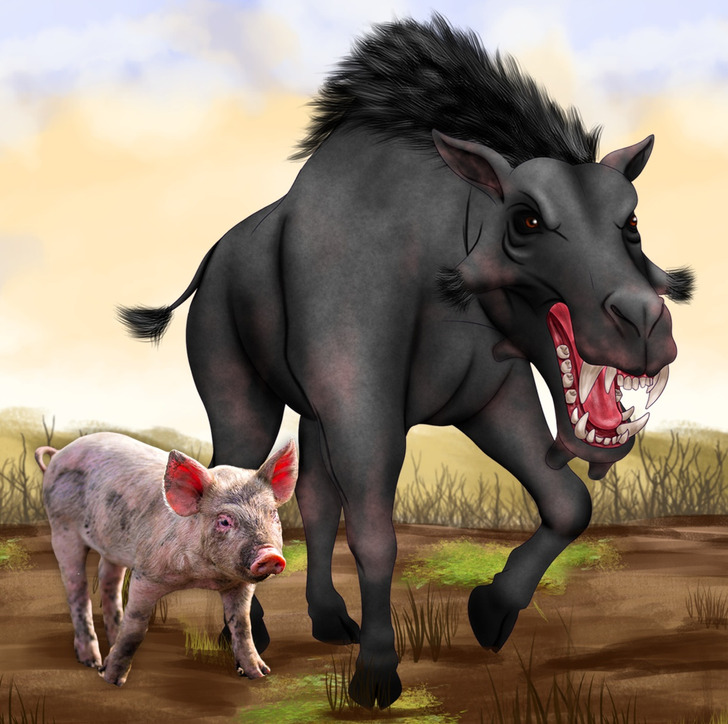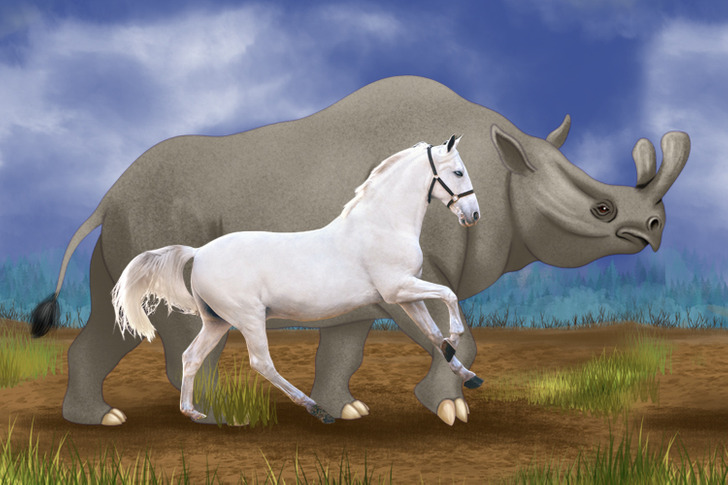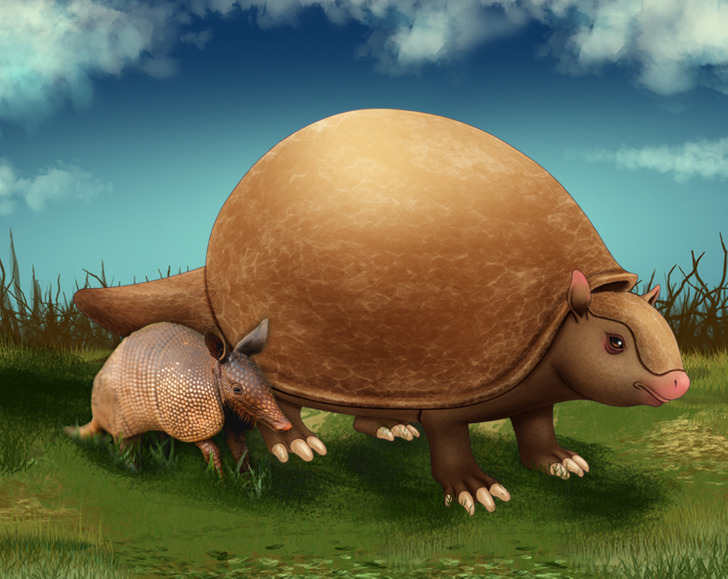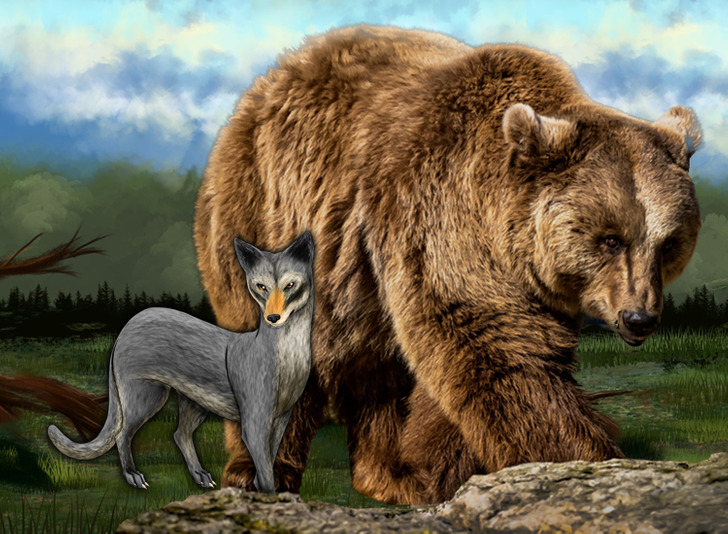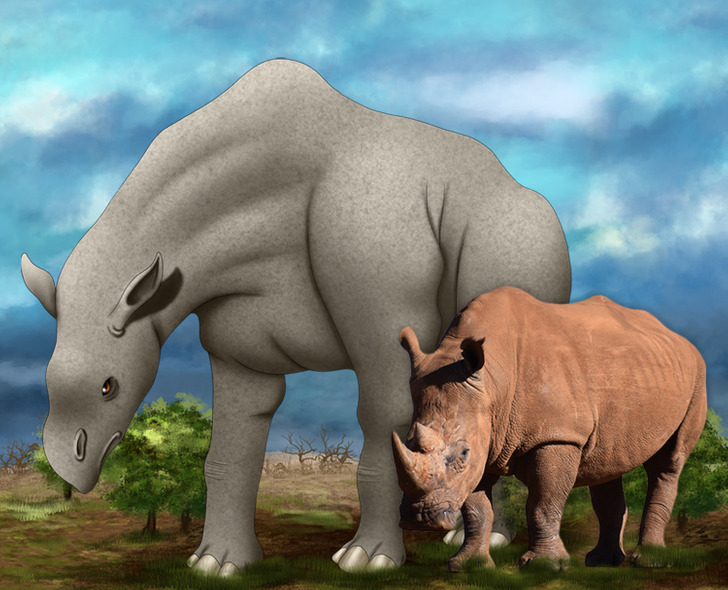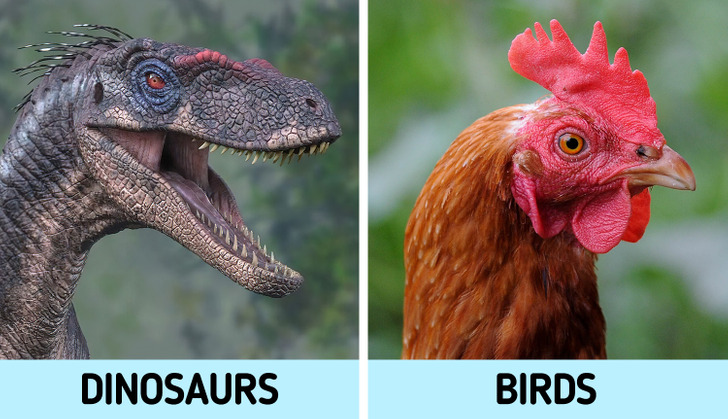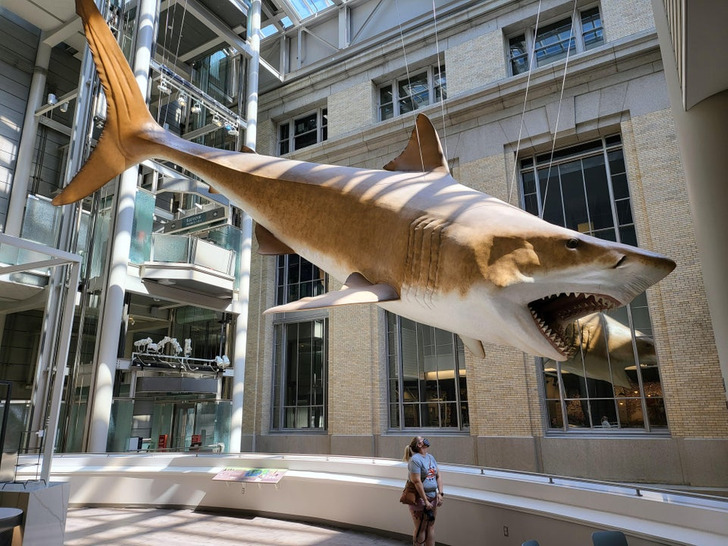11 Modern Animals That Look Nothing Like Their Ancestors
Ah, evolution, it’s a funny thing. For us, it’s hard to imagine the prehistoric world, so different from what we know, along with the strange creatures that inhabited it. For example, in the Cambrian period, the ocean was shallow and the sun never set. Every day was Sunday morning and there was never any darkness. Animals had just invented eating each other, and having eyeballs was all the rage. Thinking that our cats and dogs descended from those guys is mind-boggling at best.
Bright Side ventured to trace the lineage of some modern animals we all know and came to the shocking conclusion that evolution took some wild turns with many of them. Take a look for yourself.
1. Whales
The mighty ocean giants possess the humblest of origins. All whales, including orcas and dolphins, came from a cat-sized and mouse-looking animal, called the Indohynus, who not only lived on land but was also a vegetarian. The case of the Indohyus is evolution deciding to make a double turn after most of its relatives crawled on land and made these guys go back to the water.
The kicker? Whales are close relatives of cows and share the same ancestry with them.
2. Giraffes
Giraffes are real-life Pokemons in terms of evolution: each stage looks wildly different from the other, while still keeping some basic similarities. The “grandparent” of giraffes, Prolibytherium, was an animal that measured 5’11″ (1.80 meters) long, more similar to a deer. Both males and females had absolutely bizarre sets of horns, including wide, leaf-shaped plates for males, and slender, more normal-looking ones for females.
3. Hippos
The largest predator that had ever roamed the earth was called Andrewsarchus. Just the monster’s head alone was almost 32.8 inches (1 meter) in length — half of it was a snout and jaws sporting large teeth. We would imagine such a carnivore being an ancestor of wolves or hyenas, but nope, their closest living relative is the hippo. Those big teeth run in the family, apparently.
4. Sloths
Sloths are kind of an evolutionary fall from grace. Today’s sloths are extremely slow, clumsy, and vulnerable arboreal animals that spend most of their lifetime sleeping. It’s a wonder how they even survived as a species. Their predecessor, Megatherium, on the other hand, was a giant land-dwelling powerhouse, able to go toe-to-toe with cave bears and mammoths in a fight. They were as huge as today’s elephants but could also weigh more than 4 tons.
5. Pangolin
Contrary to its name, the Hyaenodon isn’t related to hyenas. Despite its dog-like appearance, large teeth, and carnivore lifestyle, it isn’t related to dogs either. Instead, its closest modern relative is...a pangolin, the politest animal in the world. At what point these 4-legged large predators turned into small scaly bipeds eating ants and other insects isn’t clear, but perhaps it’s the real werewolf of our world.
6. Pigs
Modern pigs, boars, and hogs are nothing to nothing to sneeze at: they’re highly intelligent, strong, bulky, and fast creatures, already a good combination for evolutionary success. However, in the past, pigs were much larger, more powerful, and frightening-looking. Instead of tusks, they had large fangs. Just like modern pigs, the Entelodon was an omnivore, but since it had offensive capabilities to easily take down prey, it leaned heavily into a predatory lifestyle. Furthermore, they hunted in packs.
No wonder it earned itself the nickname, “hell pig.”
7. Horses
Horses are often used as a symbol of elegance, nobility, and speed, so horse girls would be rather disappointed to find that the prehistoric “horse,” Brontotheriidae, was an animal more akin to the rhino. They were heavy-set, had a slow tank, relatively short legs, and weirdly-shaped twin horns.
8. Armadillos
This transformation wasn’t as drastic as some other ones on the list, mostly just based on size. The ancestor of modern armadillos, Glyptodon, was roughly the same size and weighed as much as a Volkswagen Beetle.
9. Dogs and bears
Surprisingly, dogs and bears have a common ancestor and it looked like neither of them. The Cynodictis was a low-slung animal, about 2 feet (70 cm) long and weighing just about 5-10 pounds (up to 5 kg). It looked a lot like a cat or marten, to be frank. Yet, as archeologists speculate, it must have behaved like a dog, living in packs and chasing down small, furry prey on the plains.
10. Rhinos
The most iconic thing about rhinos is, of course, their horns. So it’s strange to think that their ancestors were completely hornless. At the same time, Indricotherium was the largest land mammal that had ever existed, beating the elephants by a mile — they were about 7.4 meters (24.3 feet) long and weighed between 15 and 20 tons.
As a fun fact, battle vehicles from the Star Wars movie saga were heavily inspired by the Indicotherium’s close relative, Paraceratheriums.
11. Birds
Despite being depicted as scaly reptiles in movies, most dinosaurs are much closer to birds than lizards. Technically speaking, all modern birds are dinos, but not all dinos were birds, only a group called theropods, which included the iconic T-rex, velociraptors, and all other meat-eating 2-legged dinos. After all, “raptor” birds are called that for a reason.
Bonus: animals that looked exactly the same — sharks
- “A life-sized model of a megalodon hanging at the Smithsonian Natural History Museum” © kcox1980 / reddit
